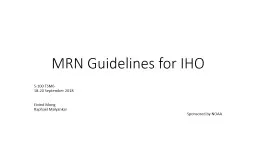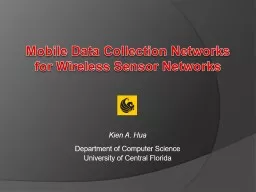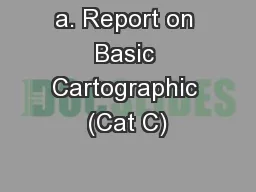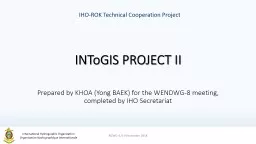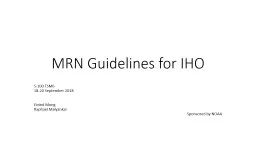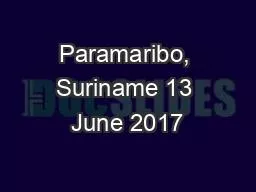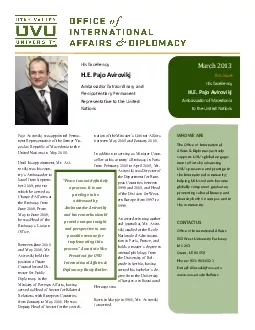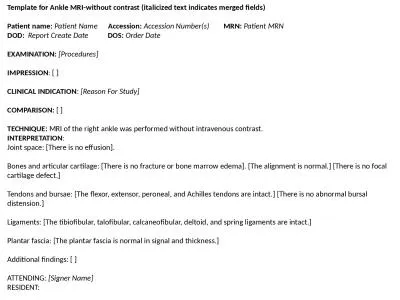PPT-MRN Guidelines for IHO
Author : tatyana-admore | Published Date : 2019-12-02
MRN Guidelines for IHO S100 TSM6 1820 September 2018 Eivind Mong Raphael Malyankar Sponsored by NOAA MRN Background Top level name space is urnmrn IALA developed
Presentation Embed Code
Download Presentation
Download Presentation The PPT/PDF document "MRN Guidelines for IHO" is the property of its rightful owner. Permission is granted to download and print the materials on this website for personal, non-commercial use only, and to display it on your personal computer provided you do not modify the materials and that you retain all copyright notices contained in the materials. By downloading content from our website, you accept the terms of this agreement.
MRN Guidelines for IHO: Transcript
Download Rules Of Document
"MRN Guidelines for IHO"The content belongs to its owner. You may download and print it for personal use, without modification, and keep all copyright notices. By downloading, you agree to these terms.
Related Documents

